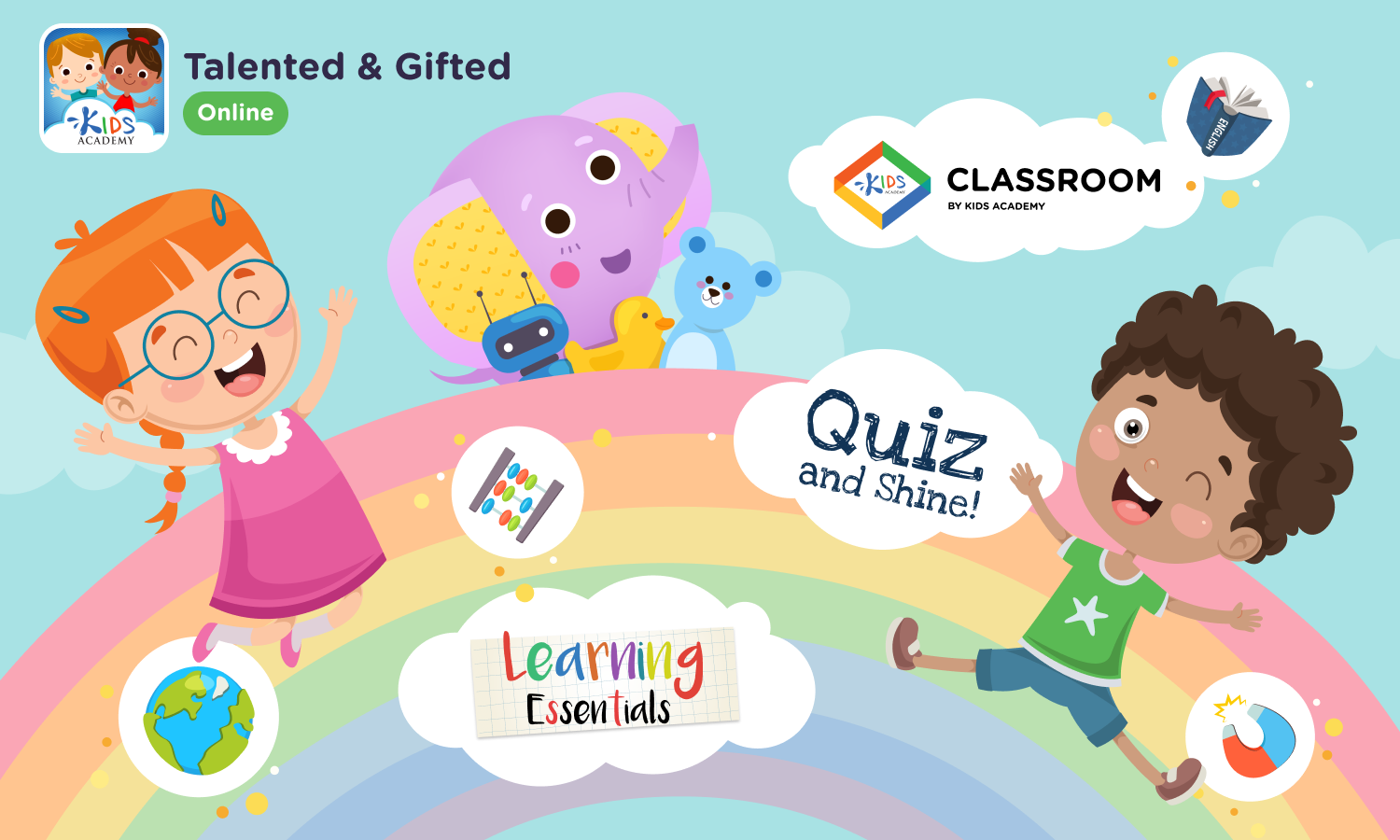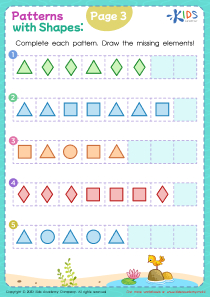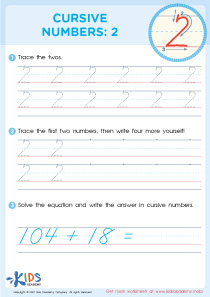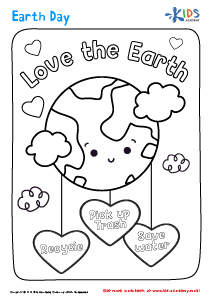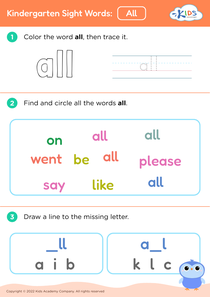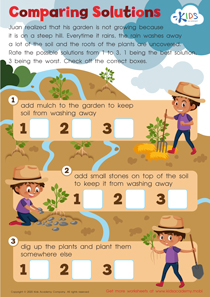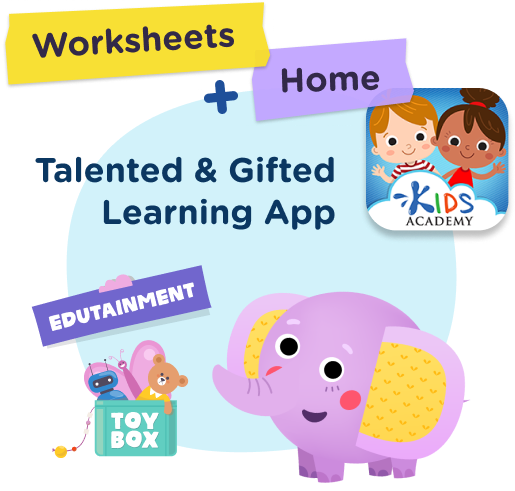Story setting identification Worksheets for Kids
1 filtered results
-
From - To
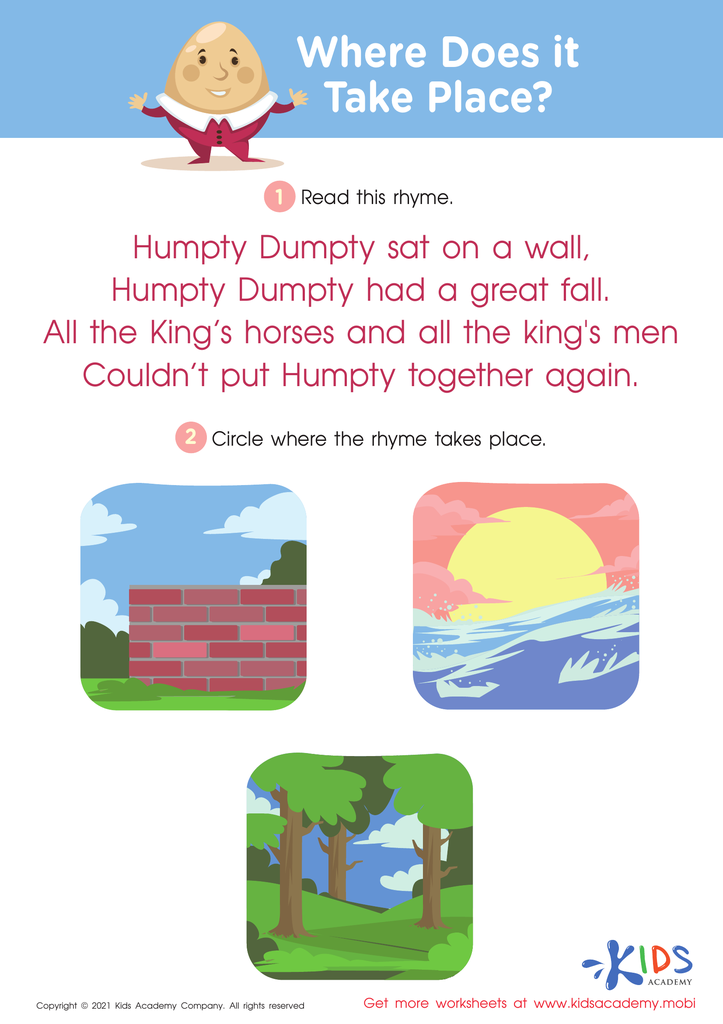

Where Does It Take Place? Worksheet
Question/Answer
What are some effective activities to train students’ Story setting identification skill when teaching them about Reading Fiction?
Effective activities to train students in story setting identification include creating visual maps of the setting, having students draw or describe the setting based on textual evidence, using role-play to explore different settings, comparing and contrasting settings in different stories, and utilizing graphic organizers to detail time, place, and atmosphere of the story's setting.
Why is the Story setting identification skill important for Kindergarten students?
The story setting identification skill is important for Kindergarten students because it helps develop their comprehension, imagination, and vocabulary. Recognizing different settings enhances their understanding of diverse environments and cultures. It also aids in the development of their ability to follow narratives and connect texts to their own experiences, fostering early literacy and critical thinking skills.
How to test a Kindergarten student’s Story setting identification skills?
To test a Kindergarten student's story setting identification skills, read a short, age-appropriate story aloud, then ask the student to describe where the story took place. Use visual aids related to the story’s settings for better understanding. Evaluate their ability to identify and articulate the setting's details like location and time based on their descriptions or choices of visuals.

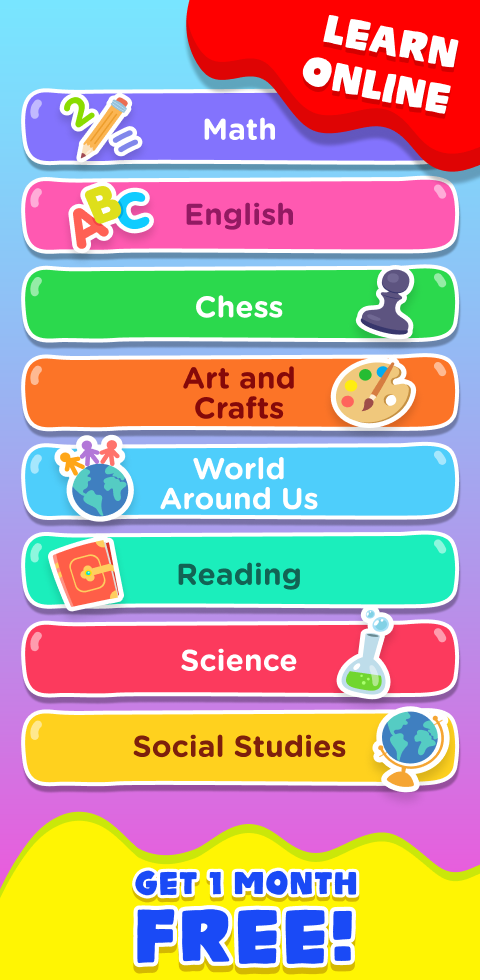
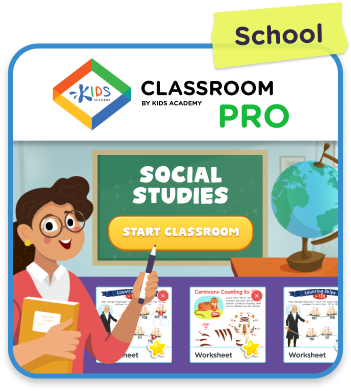
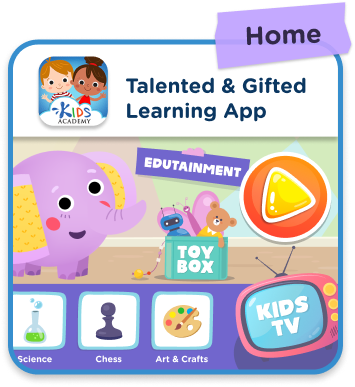

.jpg)

